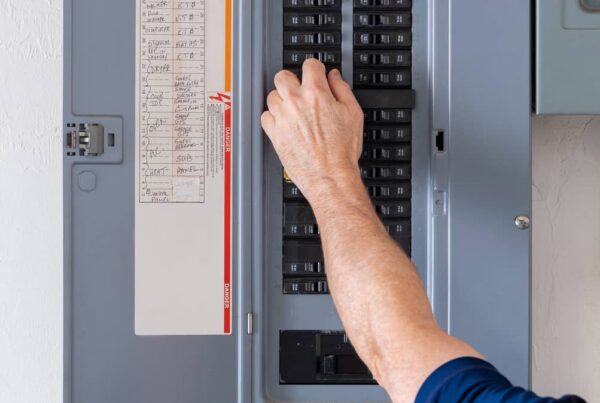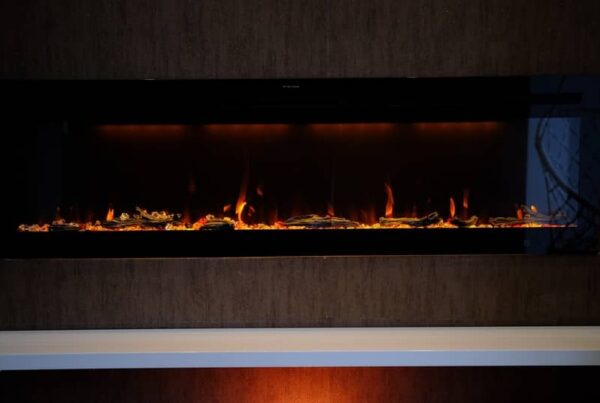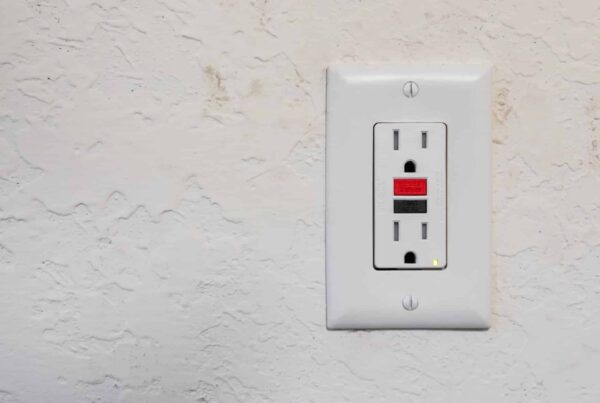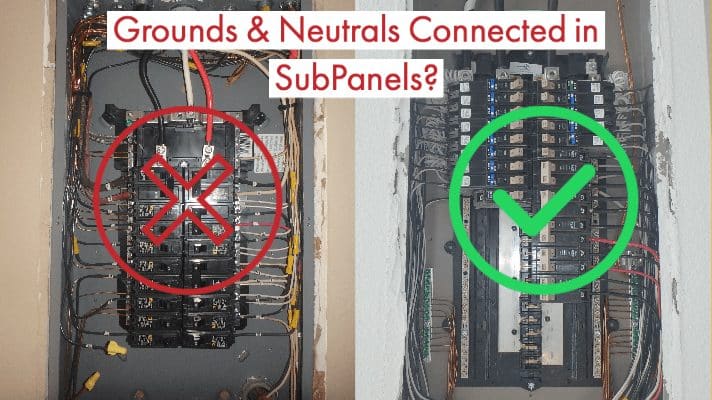
When can neutrals and grounds be on the same bar in sub panels? Can they at all and why is this an issue? Let’s talk about neutrals, grounds, and subpanels.
First, let’s talk about the different types of panels.
What is a sub panel?
To understand a subpanel, we need to understand what a main panel is. A main panel is the last point of disconnect before a service entrance. Main panels will typically have one large breaker that shuts off power to the entire building. (See Image Below).
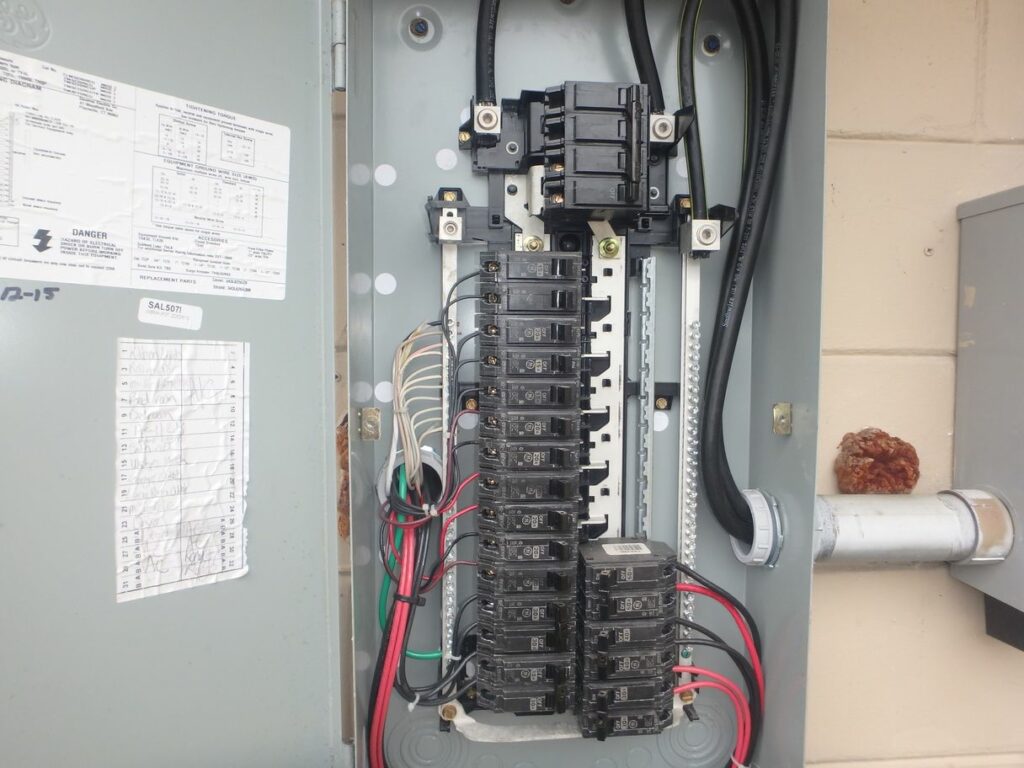
Subpanels on the other hand are downstream from another panel. See an example of this below.

Now that you understand what a subpanel is, and what a subpanel is not, let’s talk about connecting neutrals and grounds.
When Should Grounds & Neutrals Be Connected in a SubPanel?
The answer is never. Grounds and neutrals should only be connected at the last point of disconnect. This would be at main panels only.
Why Can We Not Connect Neutrals And Grounds On The Same Bus Bar At A SubPanel?
The reasoning behind this is because we want one path for power to return to the source. If you connect grounds and neutrals at a subpanel, the grounds could take some of the power load and deliver it back to the source (the main panel). The is very bad considering grounds are never supposed to have any power except for when there is a surge of power. The grounds alleviate the surge by pushing the path of the power to the Earth so nobody gets hurt. Furthermore, if you divide the power of neutrals up to the grounds, then it is possible breakers connected to that neutral do not trip (if needed) since some of the power is not there.
Almost all metal components in a home are grounded these days in new homes (copper plumbing, appliances, rebar, etc). All grounds should be connected together and connected to the neutrals at the main panel.
Tell Me More
Often times people call grounds “bare grounds”. This is because grounding wires are sometimes ran through metal conduits or exposed wires. This means they are more easily accessible than neutral wires that are always protected. This is never really an issue since grounds will never have power running through them unless there is a surge. But… if grounds and neutrals are connected in a sub panel, now, any grounds down that circuit path could hold power.
Here is an example of a subpanel that has grounds and neutrals connected
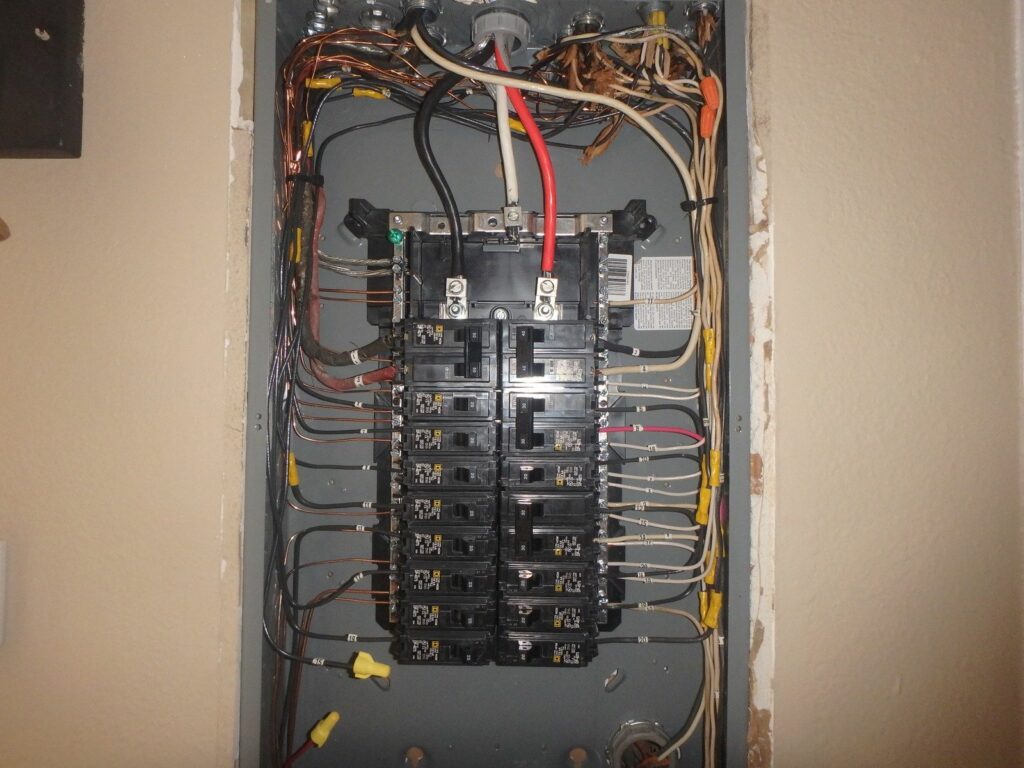
Now it is good the panel is grounded, but the grounds should not have a connection to the neutral wires in this subpanel. This creates the parallel circuit back to the last point of disconnect as mentioned above.
Therefore, technically speaking, the grounds are sharing the load back to the main panel.
Concluding
I know these topics can sometimes be confusing. For that reason, I have shared a great article from a long time home inspector that discusses the same topic. His article has a video at the end where he demonstrates how parallel circuits share loads.
If you have any questions, please comment below and I am happy to assist!
If you have not already, check out our other electrical articles like this one on cloth wiring.

